talkingfashion
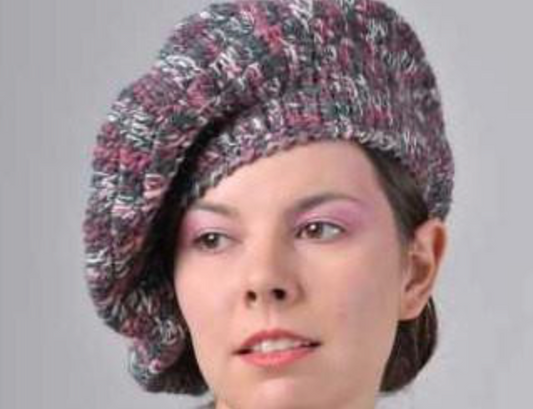
Designer Spotlight of the Week: Missoni
Designer Spotlight of the Week: Missoni By Paige McKirahan Considering our discussion of color and patterns in the fashion world this week, it was only appropriate to spotlight one of...
Designer Spotlight of the Week: Missoni
Designer Spotlight of the Week: Missoni By Paige McKirahan Considering our discussion of color and patterns in the fashion world this week, it was only appropriate to spotlight one of...
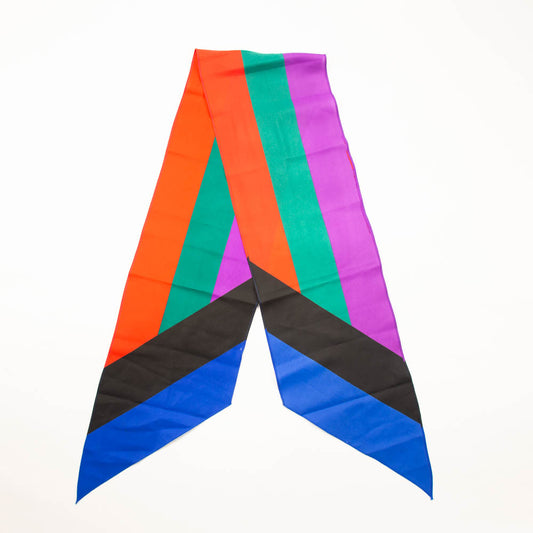
Color and Fashion: Effects on Mood
Color and Fashion: Mood By Paige McKirahan Welcome back, TalkingFashion readers! Does our last black and white article have you feeling down? Did the Pantone colors make you feel...
Color and Fashion: Effects on Mood
Color and Fashion: Mood By Paige McKirahan Welcome back, TalkingFashion readers! Does our last black and white article have you feeling down? Did the Pantone colors make you feel...
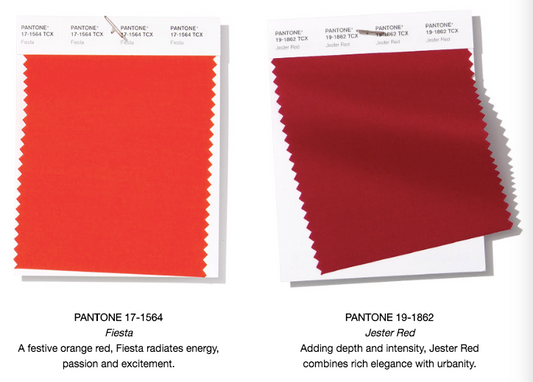
Color and Fashion: Pantone Colors
Color and Fashion: Pantone Colors By Paige McKirahan As the leaves outside are beginning to change, we here at TalkingFashion are feeling chromatic and decided that there is no...
Color and Fashion: Pantone Colors
Color and Fashion: Pantone Colors By Paige McKirahan As the leaves outside are beginning to change, we here at TalkingFashion are feeling chromatic and decided that there is no...
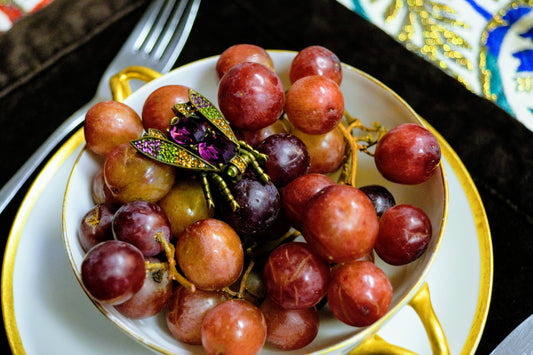
Creeping Into the World of Jewelry: The History...
Creeping Into the World of Jewelry: The History of Insect Motifs By Paige McKirahan Over time, we have observed designers and innovators create pieces of art and fashion that reflect...
Creeping Into the World of Jewelry: The History...
Creeping Into the World of Jewelry: The History of Insect Motifs By Paige McKirahan Over time, we have observed designers and innovators create pieces of art and fashion that reflect...
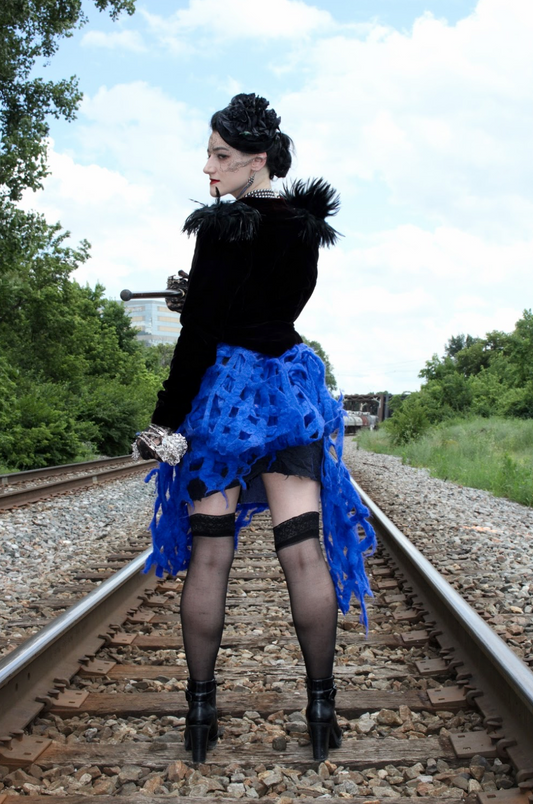
The Steampunk Movement: Modern, Industrial, and...
The Steampunk Movement: Modern, Industrial, and Accessory Filled By Paige McKirahan When thinking of ways to accessorize a steampunk look, you first want consider what the term means in order...
The Steampunk Movement: Modern, Industrial, and...
The Steampunk Movement: Modern, Industrial, and Accessory Filled By Paige McKirahan When thinking of ways to accessorize a steampunk look, you first want consider what the term means in order...
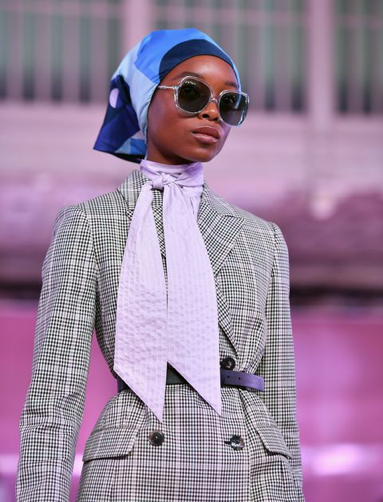
The SS ’19 Fashion Month Scarf Revival
The SS ’19 Scarf Revival By Paige McKirahan Is the impending cold weather giving you the winter blues before the season has even begun? Are you already scrambling to find...
The SS ’19 Fashion Month Scarf Revival
The SS ’19 Scarf Revival By Paige McKirahan Is the impending cold weather giving you the winter blues before the season has even begun? Are you already scrambling to find...
